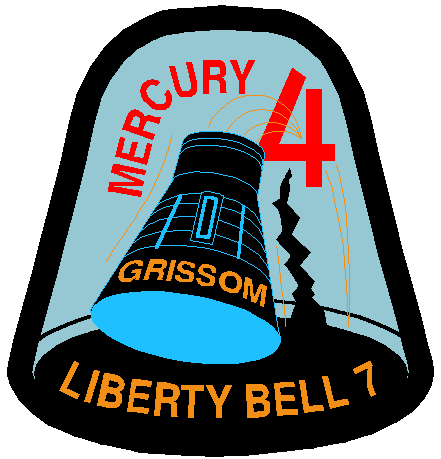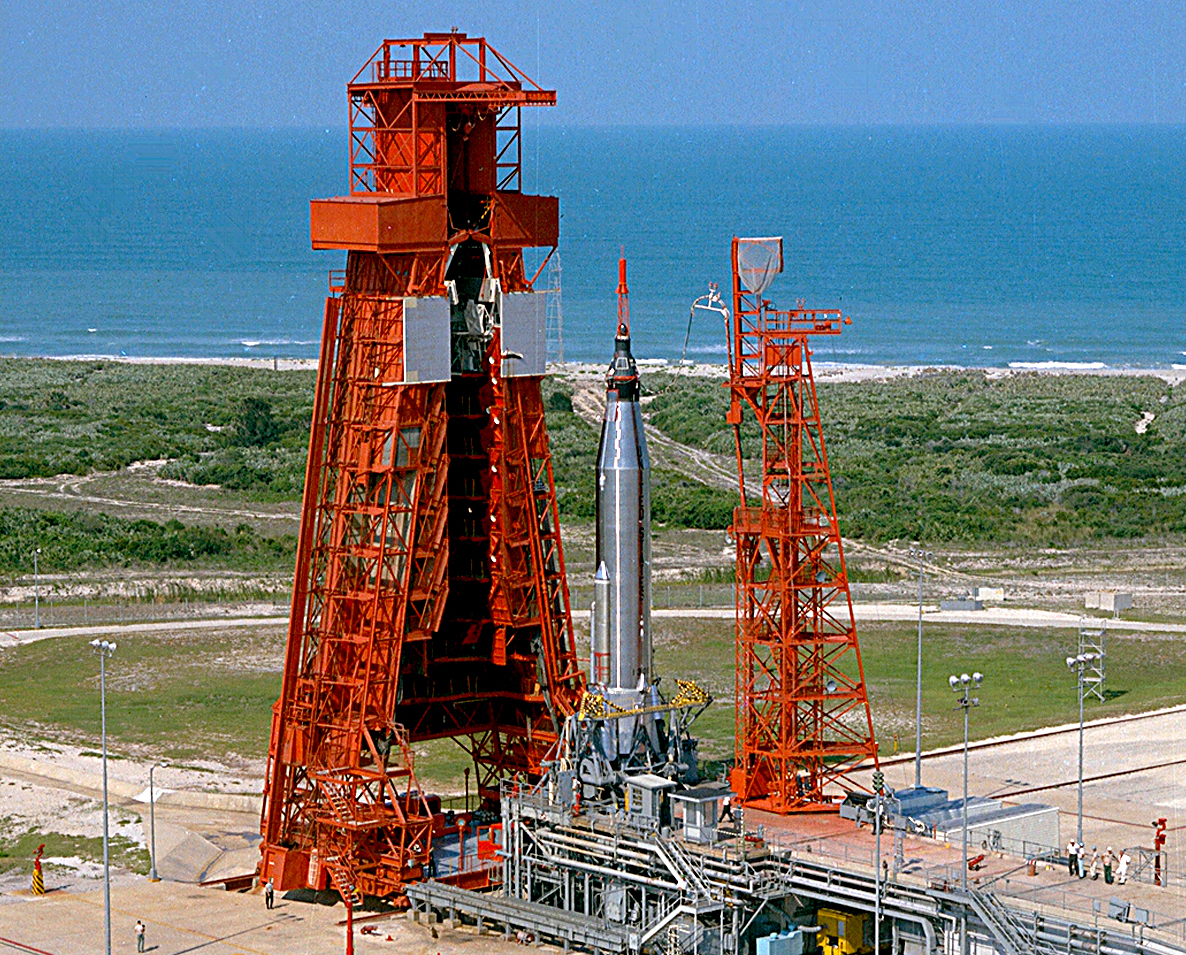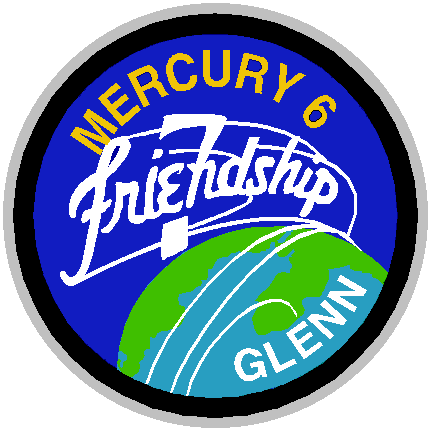|
John Hodge (engineer)
John Dennis Hodge (10 February 1929 – 19 May 2021) was a British aerospace engineer. He worked for the CF-105 Avro Arrow jet interceptor project in Canada. When it was cancelled in 1959, he became a member of NASA's Space Task Group, which later became the Johnson Space Center. During his NASA career, he worked as a flight director and planner. As the on-shift flight director of the Gemini 8 spaceflight crewed by Neil Armstrong and Dave Scott as it entered a spin, Hodge was credited with the safe landing of these astronauts. When he returned to NASA in the 1980s, he worked as a manager on the Space Station Freedom project, which later became the International Space Station. He also served as an administrator at the United States Department of Transportation. Early life Hodge was born in Leigh-on-Sea, Essex, in 1929, and attended Minchenden Grammar School in Southgate, London. He studied at the Northampton Engineering College at the University of London, graduating in 19 ... [...More Info...] [...Related Items...] OR: [Wikipedia] [Google] [Baidu] |
Leigh-on-Sea
Leigh-on-Sea (), commonly referred to simply as Leigh, is a town and civil parish in the City of Southend-on-Sea, in the ceremonial county of Essex, England. In 2011, it had a population of 22,509. Geography Leigh-on-Sea is on the northern side of the Thames Estuary, a few miles from the open waters of the North Sea to the east, and a similar distance from the Kent coast to the south. The coastal environs of the town feature a nature reserve at Two Tree Island and a centrally located beach adjacent to Bell Wharf. At low tide Leigh's foreshore has a wide expanse of mud flats and creeks, extending offshore towards the deep water channel of the Thames (Yantlet Channel). Leigh is from central London via road and rail networks and is part of the London commuter belt. History Origins Archaeological finds of pottery and coins from Romano-British era in the locality suggest early settlement. From at least the Saxon period a hilltop clearing amidst the woodland that covered much o ... [...More Info...] [...Related Items...] OR: [Wikipedia] [Google] [Baidu] |
Ed White (astronaut)
Edward Higgins White II (November 14, 1930 – January 27, 1967) was an American aeronautical engineer, United States Air Force officer, test pilot, and NASA astronaut. He was a member of the crews of Gemini 4 and Apollo 1. After graduating from West Point in 1952 with a Bachelor of Science degree, White was sent to flight training, and assigned to the 22nd Fighter Day Squadron at Bitburg Air Base, West Germany, where he flew the F-86 Sabre and F-100 Super Sabre fighters. In 1958, he enrolled in the University of Michigan to study aeronautical engineering, receiving his Master of Science degree in 1959. White then received test pilot training at Edwards Air Force Base, California, before being assigned as a test pilot for the Aeronautical Systems Division at Wright-Patterson Air Force Base, Ohio. White was selected as one of the second group of astronauts, the so-called "Next Nine", who were chosen to take part in the Gemini and Apollo missions. He was assigned as pilot o ... [...More Info...] [...Related Items...] OR: [Wikipedia] [Google] [Baidu] |
Gus Grissom
Virgil Ivan "Gus" Grissom (April 3, 1926 – January 27, 1967) was an American engineer, pilot in the United States Air Force, and member of the Mercury Seven selected by National Aeronautics and Space Administration's (NASA) as Project Mercury astronauts to be the first Americans in outer space. He was a Project Gemini and an Apollo program astronaut. As a member of the NASA Astronaut Corps, Grissom was the second American to fly in space in 1961. He was also the second American to fly in space twice, preceded only by Joe Walker with his sub-orbital X-15 flights. Grissom was a World War II and Korean War veteran, mechanical engineer, and USAF test pilot. He was a recipient of the Distinguished Flying Cross, the Air Medal with an oak leaf cluster, two NASA Distinguished Service Medals, and, posthumously, the Congressional Space Medal of Honor. During World War II, Grissom enlisted in the U.S. Army Air Forces as an aviation cadet. After his discharge from military service ... [...More Info...] [...Related Items...] OR: [Wikipedia] [Google] [Baidu] |
Apollo 1
Apollo 1, initially designated AS-204, was intended to be the first crewed mission of the Apollo program, the American undertaking to land the first man on the Moon. It was planned to launch on February 21, 1967, as the first low Earth orbital test of the Apollo command and service module. The mission never flew; a cabin fire during a launch rehearsal test at Cape Kennedy Air Force Station Launch Complex 34 on January 27 killed all three crew members—Command Pilot Gus Grissom, Senior Pilot Ed White, and Pilot Roger B. Chaffee—and destroyed the command module (CM). The name Apollo 1, chosen by the crew, was made official by NASA in their honor after the fire. Immediately after the fire, NASA convened an Accident Review Board to determine the cause of the fire, and both chambers of the United States Congress conducted their own committee inquiries to oversee NASA's investigation. The ignition source of the fire was determined to be electrical, and the fire spread rapidly ... [...More Info...] [...Related Items...] OR: [Wikipedia] [Google] [Baidu] |
Mercury-Atlas 9
Mercury-Atlas 9 was the final crewed space mission of the U.S. Mercury program, launched on May 15, 1963, from Launch Complex 14 at Cape Canaveral, Florida. The spacecraft, named ''Faith 7'', completed 22 Earth orbits before splashing down in the Pacific Ocean, piloted by astronaut Gordon Cooper, then a United States Air Force major. The Atlas rocket was No. 130-D, and the Mercury spacecraft was No. 20. As of 2022, this mission marks the last time an American was launched alone to conduct an entirely solo orbital mission. Flight directors * Chris KraftRed team * John HodgeBlue team Mission parameters * Mass: * Perigee: 161 km *Apogee: 267 km *Inclination: 32.5° *Period: 88.5 min Mission background Debate over Mercury project continuation The Mercury-Atlas 8 flight of Walter Schirra on October 3, 1962, had been so nearly perfect that some at NASA thought that the United States should quit while it was ahead and make MA-8 the last Mercury mission rather ... [...More Info...] [...Related Items...] OR: [Wikipedia] [Google] [Baidu] |
Bermuda
) , anthem = "God Save the King" , song_type = National song , song = "Hail to Bermuda" , image_map = , map_caption = , image_map2 = , mapsize2 = , map_caption2 = , subdivision_type = Sovereign state , subdivision_name = , established_title2 = English settlement , established_date2 = 1609 (officially becoming part of the Colony of Virginia in 1612) , official_languages = English , demonym = Bermudian , capital = Hamilton , coordinates = , largest_city = Hamilton , ethnic_groups = , ethnic_groups_year = 2016 , government_type = Parliamentary dependency under a constitutional monarchy , leader_title1 = Monarch , leader_name1 = Charles III , leader_title2 = Governor , leader_name2 = Rena Lalgie , leader_title3 = Premier , leader_name3 = Edward David Burt , legislature = Parliament , upper_house = Senate , lower_house = House of Assembly , area_km2 = 53.2 , area_sq_mi = 20.54 , area_rank = , percent_water = 27 , elevation_max_m = 7 ... [...More Info...] [...Related Items...] OR: [Wikipedia] [Google] [Baidu] |
Mercury-Atlas 6
Mercury-Atlas 6 (MA-6) was the first crewed American orbital spaceflight, which took place on February 20, 1962. Piloted by astronaut John Glenn and operated by NASA as part of Project Mercury, it was the fifth human spaceflight, preceded by Soviet orbital flights Vostok 1 and 2 and American sub-orbital flights Mercury-Redstone 3 and 4. The Mercury spacecraft, named ''Friendship 7'', was carried to orbit by an Atlas LV-3B launch vehicle lifting off from Launch Complex 14 at Cape Canaveral, Florida. After three orbits, the spacecraft re-entered the Earth's atmosphere, splashed down in the North Atlantic Ocean, and was safely taken aboard . Total mission flight time was four hours 55 minutes and 23 seconds. The event was named an IEEE Milestone in 2011. Preparation After the successful completion of the Mercury-Atlas 5 flight that carried Enos, a chimpanzee, in late November 1961, a press conference was held in early December. Reporters asked NASA's Robert Gilruth who wou ... [...More Info...] [...Related Items...] OR: [Wikipedia] [Google] [Baidu] |
John Glenn
John Herschel Glenn Jr. (July 18, 1921 – December 8, 2016) was an American Marine Corps aviator, engineer, astronaut, businessman, and politician. He was the third American in space, and the first American to orbit the Earth, circling it three times in 1962. Following his retirement from NASA, he served from 1974 to 1999 as a Democratic United States Senator from Ohio; in 1998, he flew into space again at age 77. Before joining NASA, Glenn was a distinguished fighter pilot in World War II, the Chinese Civil War and the Korean War. He shot down three MiG-15s, and was awarded six Distinguished Flying Crosses and eighteen Air Medals. In 1957, he made the first supersonic transcontinental flight across the United States. His on-board camera took the first continuous, panoramic photograph of the United States. He was one of the Mercury Seven, military test pilots selected in 1959 by NASA as the nation's first astronauts. On February 20, 1962, Glenn flew the '' Friend ... [...More Info...] [...Related Items...] OR: [Wikipedia] [Google] [Baidu] |
Chris Kraft
Christopher Columbus Kraft Jr. (February 28, 1924 – July 22, 2019) was an American aerospace and NASA engineer who was instrumental in establishing the agency's Mission Control Center and shaping its organization and culture. His protégé Glynn Lunney said in 1998: "the Control Center today ... is a reflection of Chris Kraft". Following his 1944 graduation from Virginia Polytechnic Institute and State University with a degree in aeronautical engineering, Kraft was hired by the National Advisory Committee for Aeronautics (NACA), the predecessor organization to the National Aeronautics and Space Administration (NASA). He worked for over a decade in aeronautical research and in 1958 joined the Space Task Group, a small team entrusted with the responsibility of putting America's first man in space. Assigned to the flight operations division, Kraft became NASA's first flight director. He was on duty during America's first crewed spaceflight, first crewed orbital flight ... [...More Info...] [...Related Items...] OR: [Wikipedia] [Google] [Baidu] |
Project Mercury
Project Mercury was the first human spaceflight program of the United States, running from 1958 through 1963. An early highlight of the Space Race, its goal was to put a man into Earth orbit and return him safely, ideally before the Soviet Union. Taken over from the US Air Force by the newly created civilian space agency NASA, it conducted 20 uncrewed developmental flights (some using animals), and six successful flights by astronauts. The program, which took its name from Roman mythology, cost $ (adjusted for inflation). The astronauts were collectively known as the " Mercury Seven", and each spacecraft was given a name ending with a "7" by its pilot. The Space Race began with the 1957 launch of the Soviet satellite Sputnik 1. This came as a shock to the American public, and led to the creation of NASA to expedite existing US space exploration efforts, and place most of them under civilian control. After the successful launch of the Explorer 1 satellite in 1958, crewed spacef ... [...More Info...] [...Related Items...] OR: [Wikipedia] [Google] [Baidu] |









